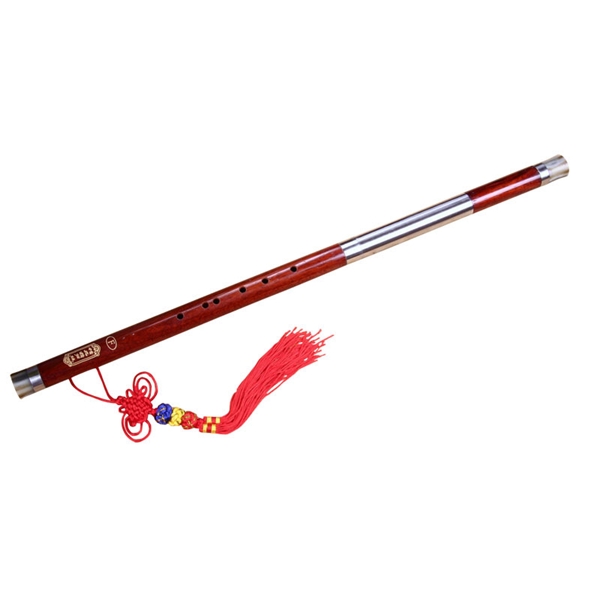Bau's History
The traditional Bau has a narrow range and low volume, but has an elegant tone. In various ethnic groups, it is often used to accompany dance and rap, and is also used for solo performances. The Hani people carry it with them, and both the old and the young like to play. Young men of Hani and Yi ethnic groups. Bau is often used to play love songs. In the Yi nationality, people often play Bau when shepherding sheep or at night.

In the decades after liberation, the development and reform of Bau has been going on. After reforming and adding keys, Bau has expanded the range and volume of the sound while maintaining the traditional Bau's rich and soft tone. It can play a variety of skill notes such as glissando, punching, tonguing, vibrato, flying fingers, and erasing. Bau's creative repertoire is also more pioneering. It can not only play traditional local style repertoire, but also transplant foreign music, such as Japan's "Spring in the North Country" and so on.
In recent decades, with the continuous reformation of professional workers, the timbre of Bawu has remained unchanged, the range of sound has been expanded, and the volume has been increased, making it suitable for playing broad and lyrical tones. It can also act as a bridge between the treble and bass instruments when playing in ensembles.
 渝公网安备 50010702504639号
渝公网安备 50010702504639号